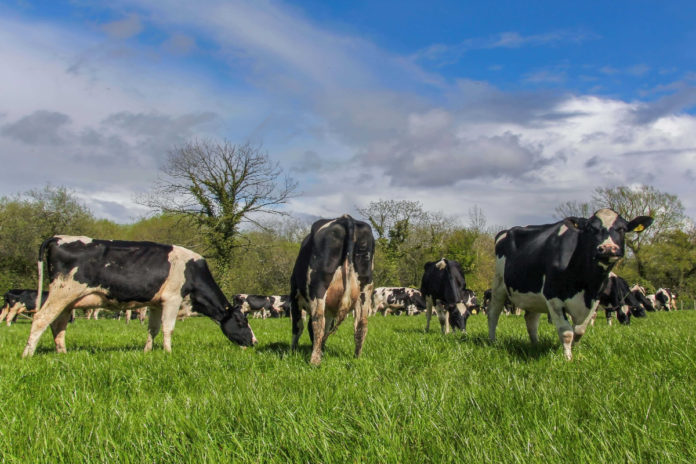The Irish Johne’s Control Programme (IJCP) has consistently advised that purchasing or otherwise moving animals between herds carries the risk of spread of the MAP (Mycobacterium avium) bacteria that cause Johne’s disease.
Lawrence Gavey, Johne’s disease programme manager at AHI (Animal Health Ireland), explains, in a farmer bulletin, this risk is increased by the number of animals received and the number of different source herds they come from.
There are two practical implications of this advice:
- Reduce animal purchases as much as possible;
- Even if Johne’s disease is not apparent, put in place controls over the spread of infection within your herd in case infection has been introduced to your herd in previous purchases.
He comments: “Avoid bringing animals onto your farm as much as possible.”
“Where possible, use AI rather than buying a bull, and breed your own replacement females instead of buying them in.”
“If sending replacements away for rearing, select a farm that is not contract rearing other animals.”
“If you must purchase animals, preferably source them from a herd that is participating in the IJCP with negative testing results (ask the seller or agent), or CheCS or other assurance programme. Buy from as few different source herds as possible.”
“If you have previously purchased animals to build your herd numbers or to introduce new genetics, you may have already, unwittingly, brought MAP infection to your farm.”
Infection
The likelihood of that infection is increased by the number of cattle purchased and a number of herds that they were purchased from.
Testing under the IJCP is now showing infection in dairy herds that have undergone expansion or establishment by buying in animals in the previous five years or so.
Infection that came in with those purchases has since spread between animals in these herds, and the disease has progressed within infected animals.
Even before the clinical impacts of disease (drop in milk production, wasting in condition, diarrhoea, death) become apparent, these herds have more test-positive animals and higher test readings than herds without histories of purchasing.
This test pattern is consistent with recent scientific modelling that shows how the rate of spread of infection, once introduced into a herd and not controlled, will be slow at first but increases over time.
The progression of infection to shedding and spread between animals, and clinical disease, will accelerate if the herd is stressed.
Controls
It is, therefore, beneficial to put in place controls on within-herd spread even before the clinical disease is apparent, and the sooner, the better, and even more beneficial to maintain a closed herd.
The IJCP offers you the opportunity and funded supports to test your herd to assess whether infection is present and to implement practical and cost-effective changes to reduce the spread and impacts of infection.
Every dairy herd in Ireland, but particularly those that have brought cattle onto the farm, can benefit from participating in the IJCP.
To find out ways in which to prevent or control Johne’s disease on your farm, contact your veterinary practitioner.
See a previous farming news article on www.thatsfarming.com:





